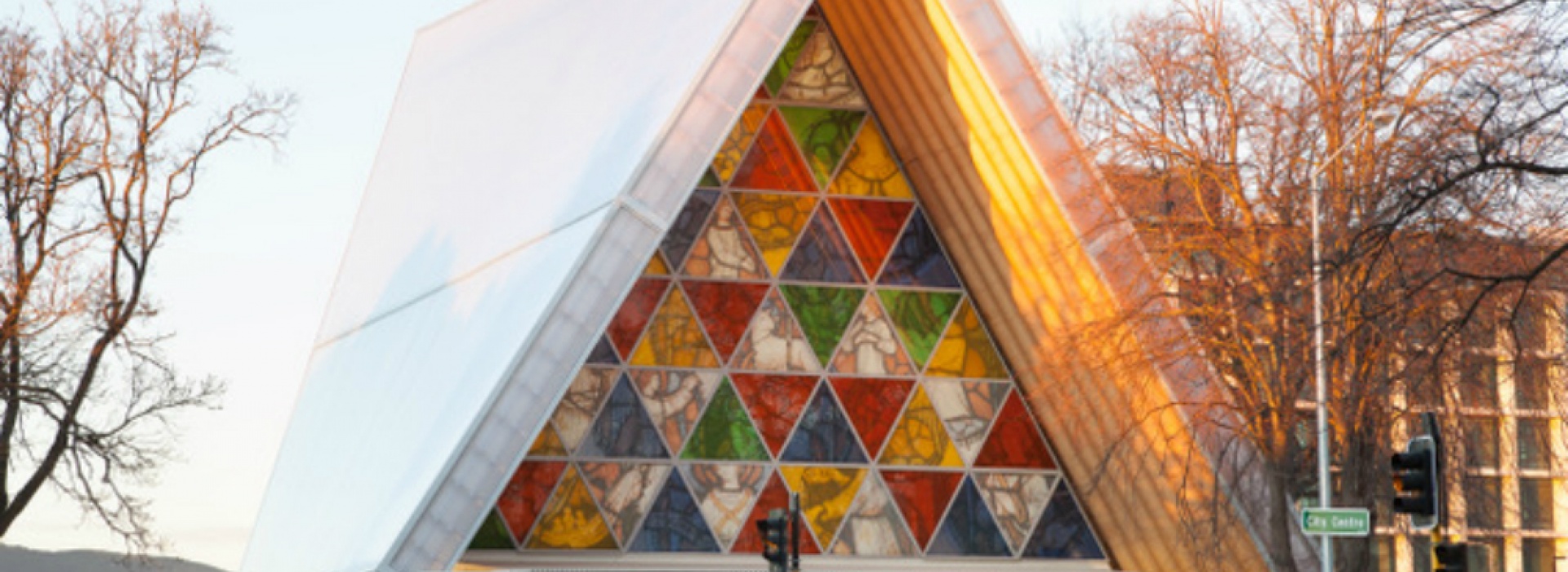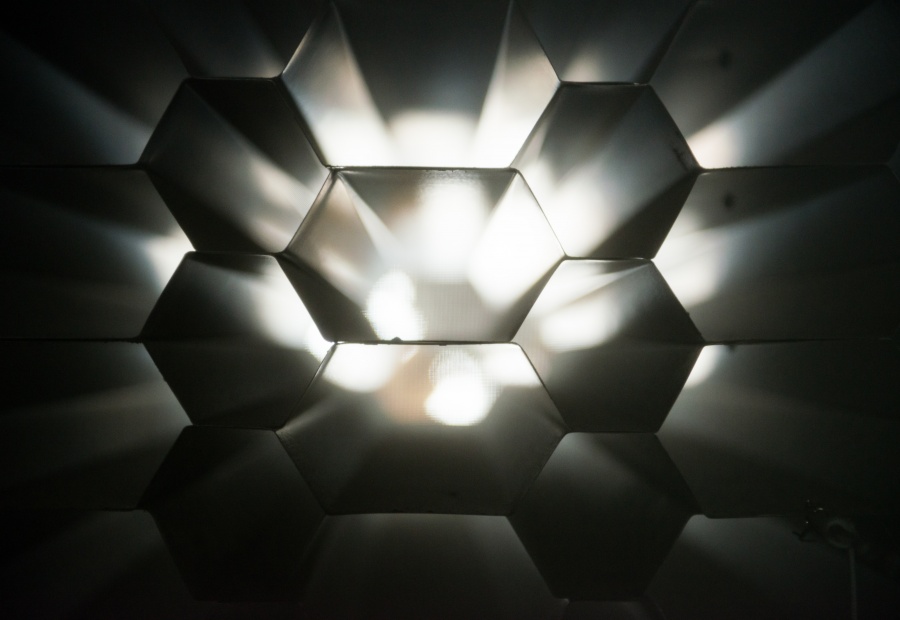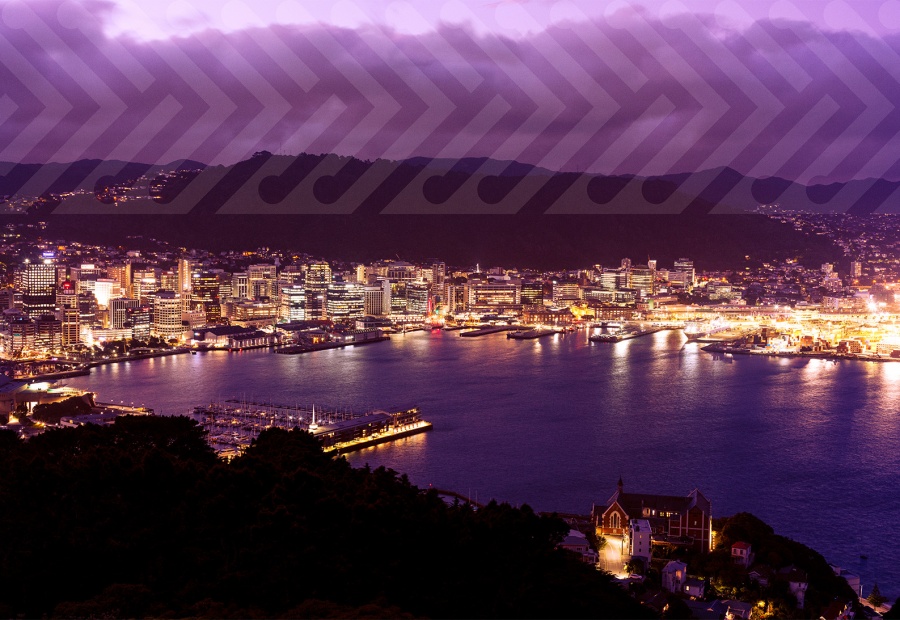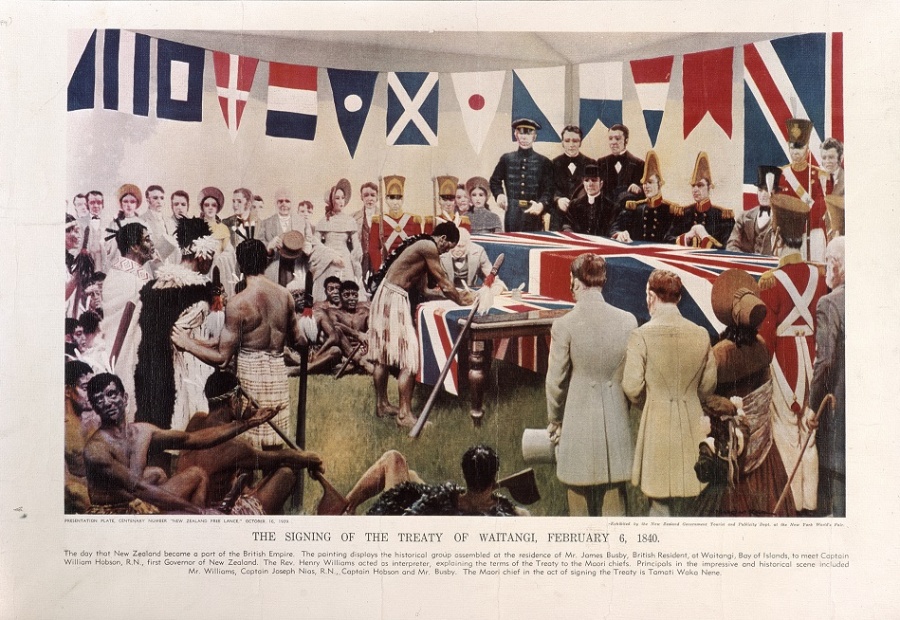Built more than 100 years ago, the facade of ChristChurch Cathedral is now supported by steel structures, a result of the devastating 2011 earthquake. The building, once the epicentre of the city, sits unused. It is cordoned off, much of it surrounded by large containers stacked up to protect the public. Yet, it is a tourist attraction and still, likely Christchurch’s most photographed building. Once it housed concerts and meetings and, of course, religious ceremonies. Many heritage buildings were lost, too unsafe or too expensive to repair.
RISING FROM THE RUINS
Two years later, a new Transitional Cathedral was hailed by some as the most important building to be constructed in New Zealand for many years. Because of its building materials the structure has become known as the “cardboard cathedral”. It is the only cathedral in the world made substantially of cardboard and was designed by world-renowned Japanese architect Shigeru Ban. Acclaimed for his innovative and environmentally conscious use of paper tubes as an architectural material, and his work in disaster situations around the globe, he was invited to Christchurch to collaborate on the design of a building that would be a temporary home for the Anglican Cathedral congregation, as well as provide a venue for concerts, exhibitions and other civic events.
Part of the importance of the Transitional Cathedral, was that it was the first non-commercial structure to be built in the city centre after the earthquakes. The rebuild of Christchurch was slow, the city dominated by piles of rubble and empty lots. The Transitional Cathedral showed that amid all the bureaucracy associated with recreating a city, progress was being made.
The ruined cathedral has come to represent the earthquake itself, with the cardboard cathedral seen as a symbol of moving on. The city council still uses an image of the intact stone cathedral on its letter head and it comes out on top in a Google image search. But when visitors to Christchurch get a tourist map the cover of it features the cathedral made of cardboard.
TRADITION MEETS TRANSITION
The Transitional Cathedral has elements of wood, steel and poly-carbonate. Rows of cardboard tubes overhead are covered by a lightweight roofing skin made of translucent polycarbonate. A simple cardboard cross is the focus at one end and a beautiful multi-coloured triangle window at the other, providing strong links with the Rose Window in the damaged Cathedral in the Square. With the building’s entire outer skin being translucent it creates a changing atmosphere throughout the day, natural light filters through the spaces between the tubes, and through the rose window.
It is designed to last for 50 years – it was never meant to be permanent. It also shows how such structures can be a model of what is possible in post-disaster environments. It was one of the first things that Christchurch could point to and say, ‘we are rebuilding’.
So, if you’re looking for innovation and sustainability. We know a place.






